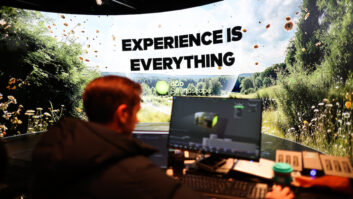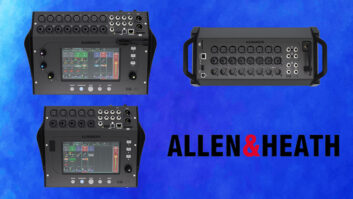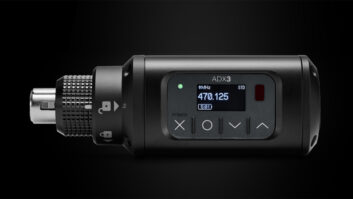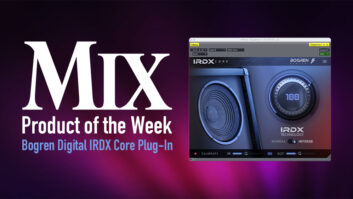In January 2011, the Computer History Museum in Mountain View, California completed a 2-year, $19 million renovation that included a total upgrade of its audio system. System designer Bowen Technovation turned to BSS Audio Soundweb London signal processors and networking products to serve as the backbone of the Museum’s large-scale audio system.
The Computer History Museum is located in the heart of Silicon Valley, an appropriate location for a facility dedicated to the preservation and celebration of computing history. The Museum is home to one of the largest international collections of computing artifacts in the world, including hardware, photographs, documents, software, movies and more.
“We chose BSS Audio because we needed a system that could accommodate the signal distribution, processing and control needs of a large, complex networked audio installation,� noted Bowen Technovation President, Jeff Bowen, whose company specializes in audio/video, lighting, control and production solutions for museums,
planetariums, science centers and other facilities. The Museum’s BSS Audio equipment includes the BLU-160 signal processor, BLU-120 I/O expander and BLU-BOB2 (Break-Out Box) output expander. Each of these components feature the Soundweb London digital audio bus, which can carry up to 256 channels of digital audio over standard Cat5e cable. The entire audio system is networked using Harman’s HiQnet® protocol.
“The exhibit space has close to 100 video displays with sound, as well as four theaters,� noted Bowen. “Because of the long distances involved, extra care needed to be taken in the system design to ensure that signals from the control rooms reached their intended devices without loss of quality or dependability,� continued Bowen. “In addition, the exhibit space has an open design and achieving a good audio balance was a small challenge.�
Bowen may be understating that a bit. “Tuning each of the 100-plus audio systems took two days. The exhibits are very ‘live’ acoustically and with so many audio systems in operation at the same time, I had to be creative in differentiating the different sonic spaces with the use of frequency filtering and volume level adjustments. For example, in the seven-screen Exit Theater the room had a peak around 100 to 200Hz that was bleeding into the adjacent exhibits. By using the BLU-160 to notch very specific frequencies out of the system we greatly reduced the resonant bleed. The Soundweb London software and its straightforward user interface greatly facilitated the process – especially considering we used extensive processing on every audio channel in the place.�
“We created customized control pages for the routing and management of all of the more than 100 audio channels,� noted Bowen. “The ease of using the HiQnet London Architect configuration pages and their drag-and-drop functionality allowed us to provide this heavily customized system. In particular, the stereo processing objects made my work in tuning the system much easier than if we had used certain other audio processors.�
“We even tied the BSS Audio network in with customized motion sensors that allow the volume in the exhibits to automatically reduce in level when no visitors are present, and ramp up the volume when someone walks into the exhibit.�
“I believe the Computer History Museum is one of our best projects,� concluded Bowen. “The owner is very pleased with the results.�
For more information about Bowen Technovation, please visit http://www.bowentechnovation.com.
Harman HiQnetâ„¢ is the world’s first connectivity and control protocol that integrates all product categories in the signal chain for professional audio systems of all types, size, and applications. Harman HiQnet no longer requires the user to manage multiple disparate operating systems or be responsible for programming individual signal processors, speaker controllers, wireless microphone systems, and mixing consoles. HiQnet was developed by engineers from across Harman’s Professional Division and is coordinated by the System Development and Integration Group (SDIG), a team of dedicated systems specialists based in Salt Lake City, Utah.
HARMAN (www.harman.com) designs, manufactures and markets a wide range of audio and infotainment solutions for the automotive, consumer and professional markets – supported by 15 leading brands including AKG®, Harman Kardon®, Infinity®, JBL®, Lexicon® and Mark Levinson®. The Company is admired by audiophiles across multiple generations and supports leading professional entertainers and the venues where they perform. More than 20 million automobiles on the road today are equipped with HARMAN audio and infotainment systems. HARMAN has a workforce of about 11,800 people across the Americas, Europe and Asia, and reported sales of $3.5 billion for the twelve months ended December 31, 2010. The Company’s shares are traded on the New York Stock Exchange under the symbol NYSE:HAR.
###







